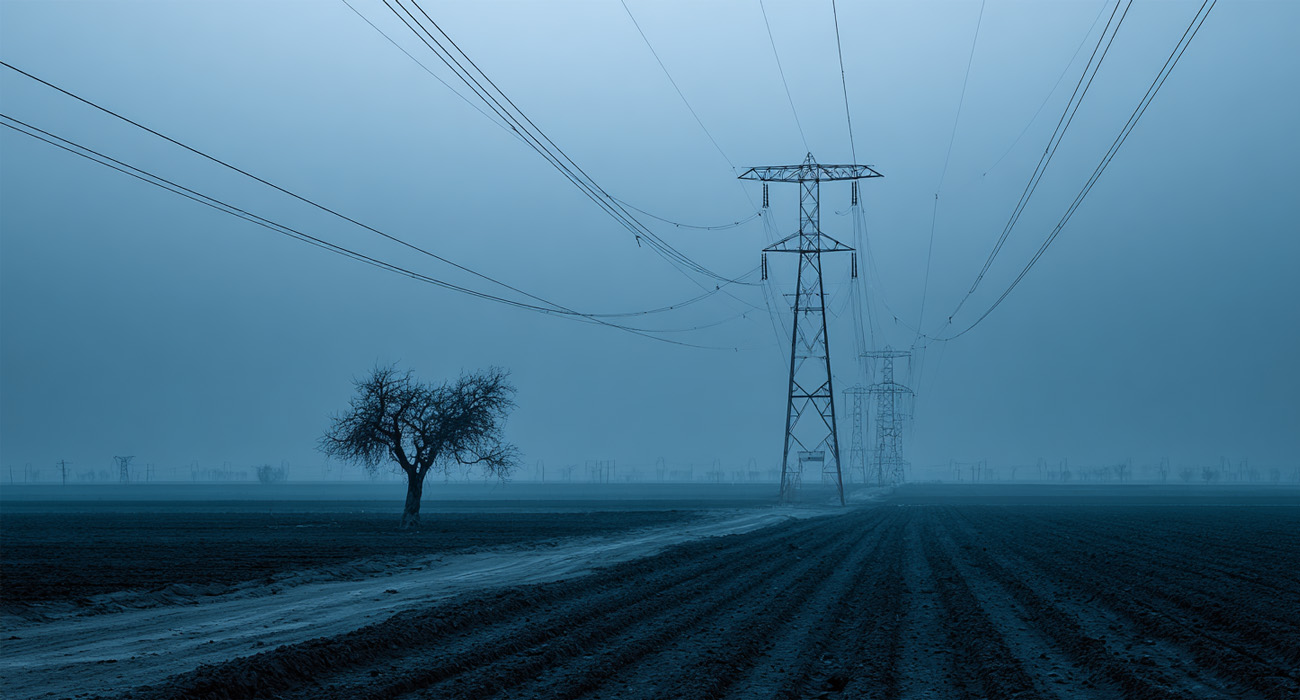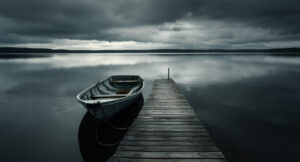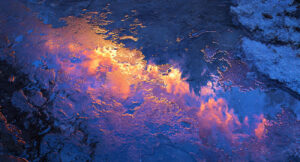Landscape Photography: From the Origins to the Future of a Timeless Genre
Landscape photography has long stood at the crossroads of art, documentation, and environmental awareness. From the early pioneers in the 19th century to today’s digital adventurers, it remains one of the most enduring—and evolving—forms of visual storytelling.
The Origins of Landscape Photography
Landscape photography began shortly after the invention of the camera itself. In the mid-1800s, photographers like Carleton Watkins and William Henry Jackson ventured into the American West with heavy wooden cameras and glass plate negatives. Their mission wasn’t just artistic—it was political and scientific. Their images played a key role in the establishment of national parks like Yosemite.
As technology progressed, Ansel Adams emerged in the early 20th century as the towering figure of fine art landscape photography. With his meticulous use of the Zone System and his advocacy for wilderness preservation, Adams elevated the genre to a new level of precision, grandeur, and cultural influence.
Why Landscapes? The Lasting Appeal
Why has landscape photography remained so compelling for over 150 years?
Emotional connection to nature: For many, photographing a landscape is a way to express reverence for the natural world.
Technical challenge: Light, weather, and timing all demand patience and skill—rewarding the photographer with unique, unrepeatable images.
Storytelling power: A landscape can convey mood, silence, scale, or change over time, often without a single human figure.
Cultural preservation: Photographs serve as historical records of places that may change or disappear due to development or climate shifts.
The Digital Shift and the Present Moment
With the rise of digital photography in the 2000s, the barriers to entry were lowered. Photographers like Daniel Kordan, Max Rive, and Elia Locardi leveraged social media to bring landscape photography into the era of global visibility. The genre became more cinematic, adventurous, and community-driven—especially with the advent of drone photography and mirrorless systems.
While some purists lament the saturation and over-editing often seen online, others see it as a democratization of landscape art. The core elements—light, location, patience—remain unchanged, even if the medium has evolved.
Does Landscape Photography Have a Future?
Absolutely. In fact, landscape photography may be more relevant now than ever before.
1. Climate awareness
Photographers like Edward Burtynsky and Sebastião Salgado use landscapes to document environmental change and provoke global conversations about sustainability.
2. Technological innovation
AI editing tools, high-resolution sensors, and real-time GPS scouting make landscape photography both more accessible and more powerful than at any other time in history.
3. A return to stillness
In an age of constant motion and information overload, landscape photography offers a counterbalance—quiet, perspective, and connection to something larger.
Looking Ahead
The future of landscape photography will likely blend old-world sensibilities—patience, observation, and respect for nature—with new-world tools like remote capture, satellite imaging, and AI-assisted workflows. Photographers who honor both the craft and the message behind their images will continue to thrive.
In a world that often moves too fast, landscape photography asks us to stop, look, and listen. And that will never go out of style.



